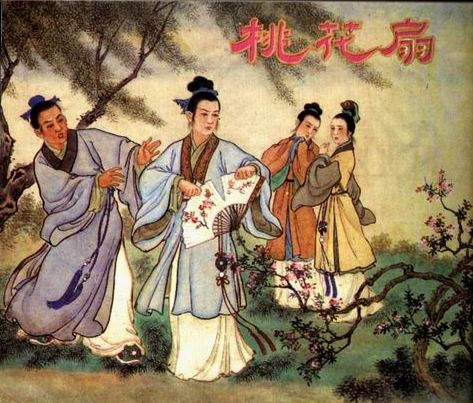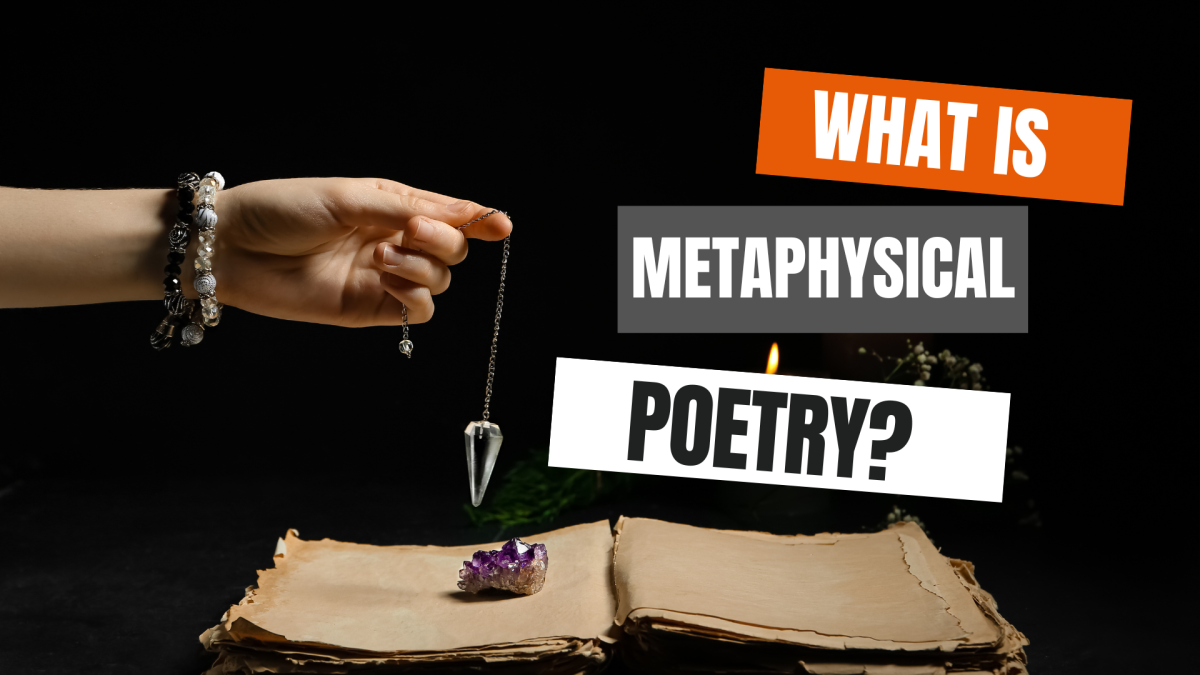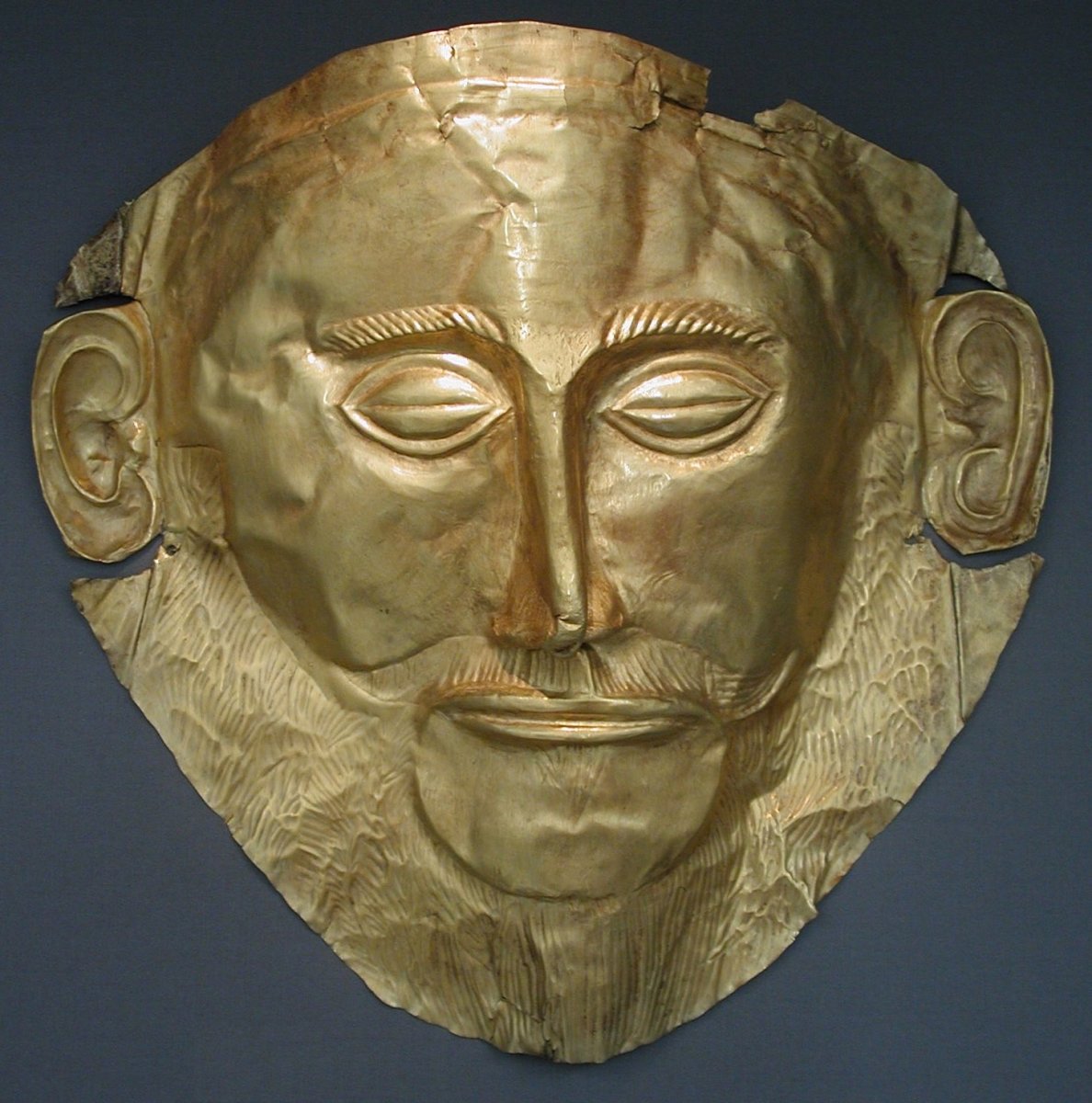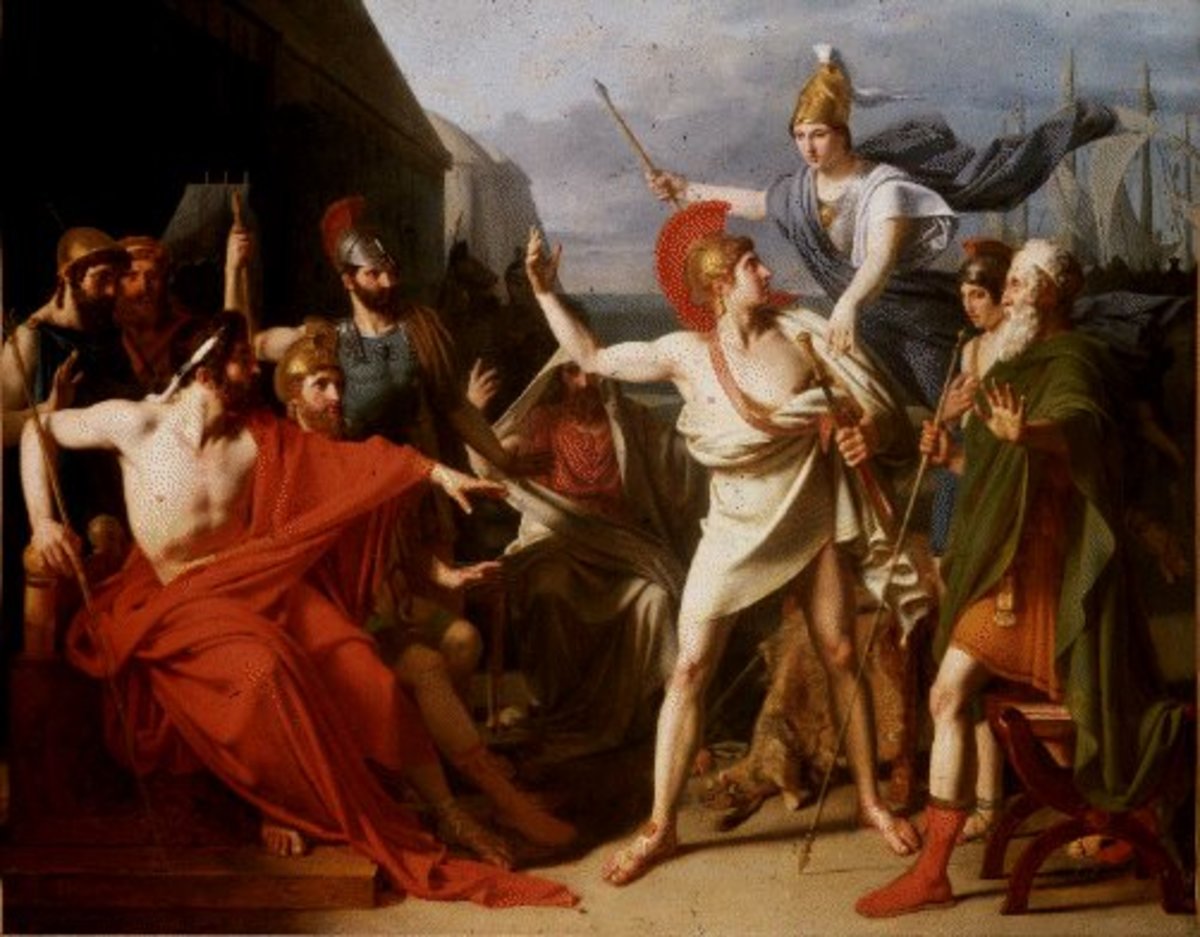Chinese Fans in Literature and Painting
Feather Fan
The earliest Chinese Fans were of the dyed feathers of various birds, and especially those of peacock. The feather fan were regarded as royal, and related to wisdom or immortal. The poet Dufu, of Tang Dynasty, in the 'Song of Autumn', refers to fans of pheasants' feathers as in royal use. The Emperor Kao-Tsong, of Yuan Dynasty, having heard of the cry of the pheasant, an omen of good luck, resolved henceforth to use only fans composed of the tail feathers of this bird.
One of the Eight Immortals Zhong Liquan had a magical feather fan, with one gentle wave, he raise the dead back to life. His fan were composed of seven broad feathers which correspond to the constellation of seven stars on the left of the moon (Great Bear), the seat in the Taoist heavens of their supreme God, round whom all the other star gods circulate in homage.
The feather-fan is also one of the chief attributes of Xi Wangmu (Royal Mother of the West), whose dwelling was a mountain palace in Central Asia. Her fan was borne by one of her four handmaidens, you often see paintings, in which young maids standing under the sacred peach-tree of Immortals, offer the fruit to the goddess who, with her attendant bearing the fan, appears upon a cloud above the waves.
Kong Ming was a renowned military strategist in the Chinese Classic the Romance of Three Kingdoms. His Goose feather Fan became so much a part of his identity that people call this kind of fans Kong Ming Fan.
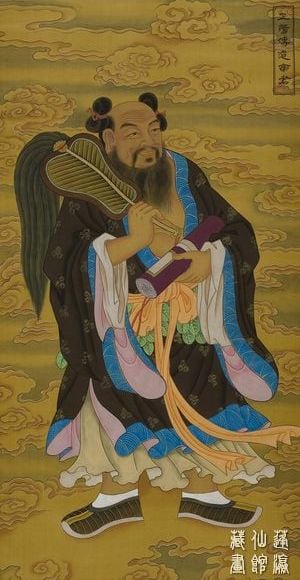
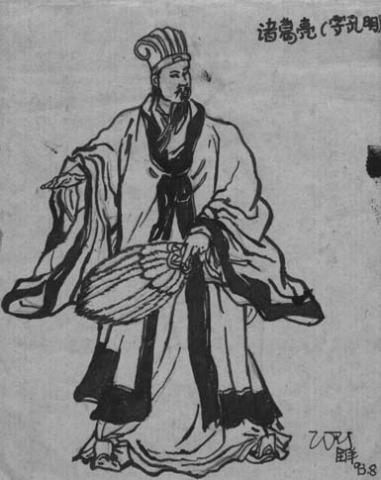
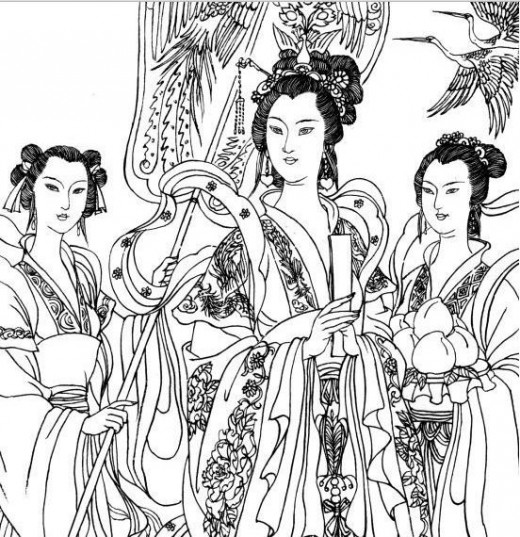
Circular Fan
Small hand-screens became popular after the feather fans, and they assumed a variety of forms:-- circular, pear-shapped, heart-shapped, etc., but the moon-shaped fans seemed to be the most favourite.
Inscription fans are common. A story is told of a favourite of the Emperor Ch'eng Ti of the Han dynasty, B.C. 32, whose name was Pan Jie Shu. Finding her influence on the wane, being unable to conceal any longer her mortification, grief, and despair, she forwarded to the Emperor a circular screen-fan, upon which were inscribed an eight-line poem expressing the contrast between the summer of her reciprocated love and the autumn of her desertion, she compared her self to the fan: "...autumn chills cooling the dying summer's torrid rage, Will see thee laid neglected on the shelf," from this period, a deserted wife has been called autumn fan.
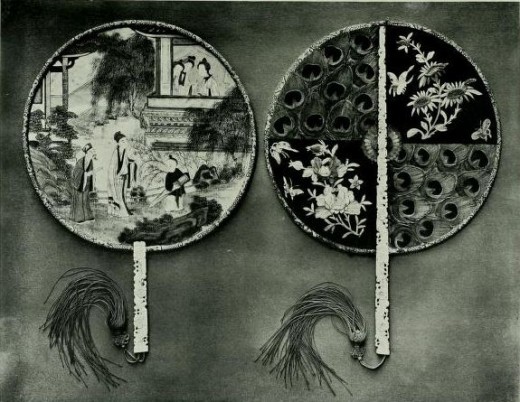
Palm-leaf Fan
In another Chinese Classic, The Journey To The West, the Monkey King borrowed the Palm-leaf Fan from the Prince Iron Fan to extinguish fire on the Flaming Mountain, so the Tang Monk and his companions could make way to Indian for the Real Sutra. This kind of fan made of palm leaves or plantain leaves. Cut the large leaf into moon shape, and keep leaf stalk long enough to hold with.
The famous Mad Monk Ji Gong roams about in filthy rags, wearing a worn-out hat, and holding a worn-out palm-leaf fan, which became his identity. His fan also has magical power.
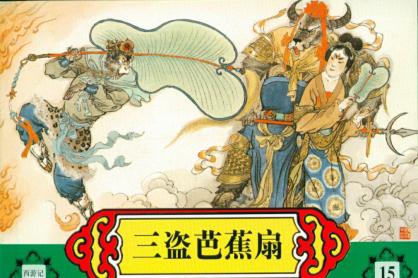
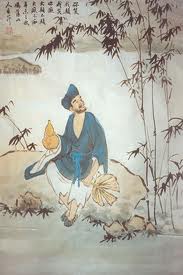
Folding Fan
The familiar folding fan was not the original fan of China. The Japanese, who, together with the Tartars, possessed folding-fans before they were known in China.
In the beginning of the Yuan dynasty, the Commissioner of the "South East Barbarians" used a folding fan called chu t'ou (聚头, literally means ‘gather head’) and people laughed at him. Tradition says that it was designed by an artist who lived in the reign of the Emperor Jen-ji, about 670 a.d., and was formed upon the principle of the construction of a bat's wing. In the beginning of the reign of Yung Lo (1403-1425) , the Ming Emperor, the Koreans sent a quantity of folding fans as tribute.
The fact was, at first, only courtesans made use of folding-fans, honest women carried round screens.
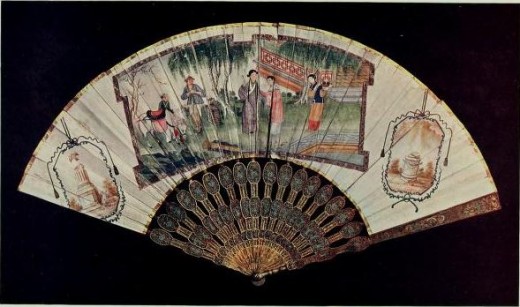
Peach Blossom Fan
Peach Blossom Fan is a famous Chinese play. In the late Ming Dynasty, a patriotic scholar, called Hou, fell love with a courtesan, named Li, and he sent Li a fan as gift, and became engaged with her, the fan was a token of a pledge of love.
The they were separated by war, a wicked governor called Tian coveted Li’s beauty and wanted to take her as concubine. When Tian planed to take procession of Li by force, Li resisted with death, she smashed her head against the ground, and the fan spattered with her blood was later drawn into a painting of peach blossom.
